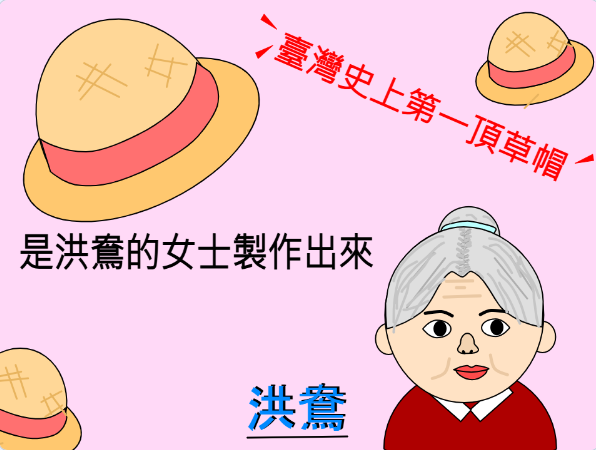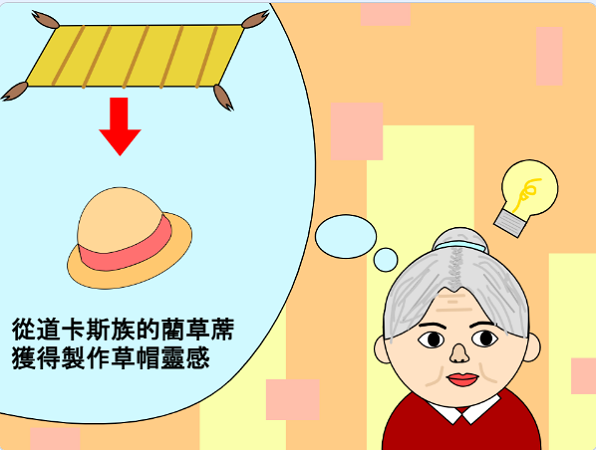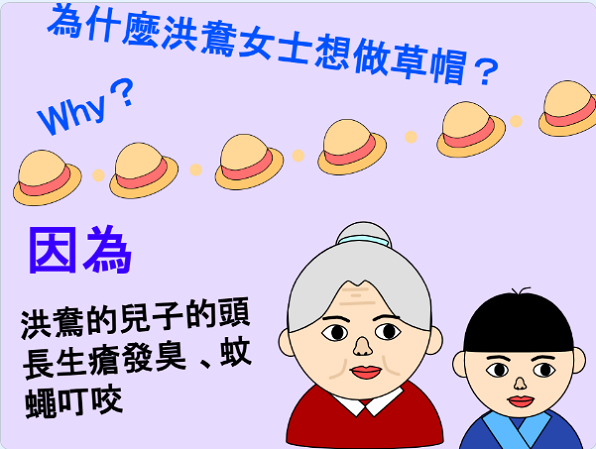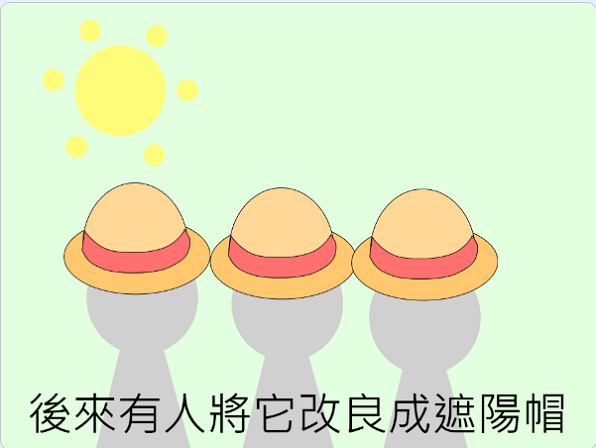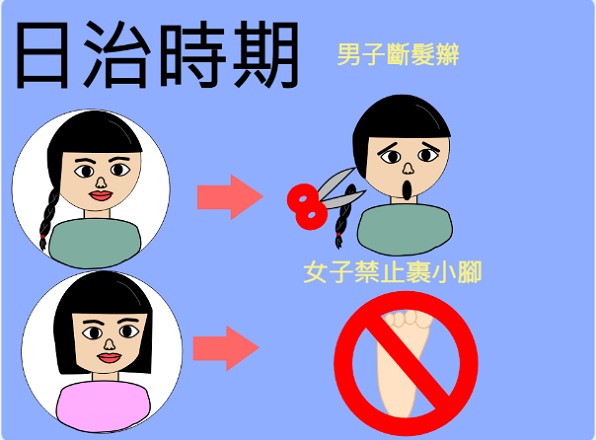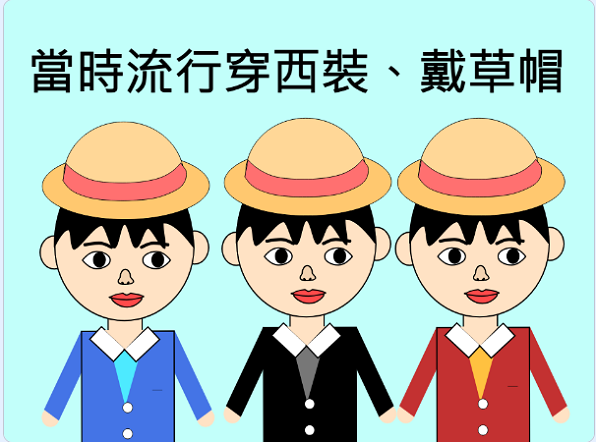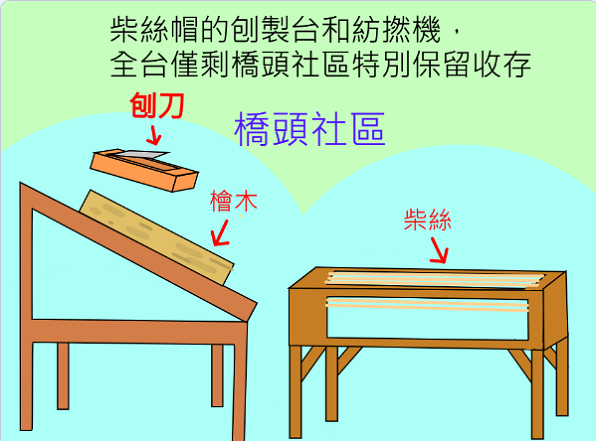
Eight-frame story painting
 |
Lukang hinoki hat eight-frame story painting Author: Nian Qiaoxuan
|
Creative concept:
 |
Few people around us have heard of Lukang Hinoki Silk hat. My older grandparents vaguely remember seeing someone making a straw hat at home when I was a child. Most of my parents’ generation recognize the Dajia straw hat, let alone us children, who have never heard of it.
|
 |
Rush weaving is a craft with a long history. There is a record of rush mat weaving in 1727 (the 5th year of Emperor Yongzheng of the Qing Dynasty). A century later, straw hat weaving appeared and the number of exports reached an unprecedented level during the Japanese colonial period. Due to the profound foundation of wood craftsmanship in the Lugang area, the new technology of hinoki silk introduced from Japan was developed to weave hinoki silk hats with higher added value, which are exported to the United States and Japan and are very popular.
|
 |
The planing of hinoki silk and downstream processing are both labor-intensive industries. Since the planing of hinoki silk depends on the skills of the masters, it cannot be replaced. In addition, it is not easy to obtain hinoki. Therefore, with the rise of labor wages, it gradually lost its market competitiveness. By the mid-1970s of the Republic of China, the craft of hinoki silk in Lukang had disappeared.
|
 |
But the Lukang Hinoki Silk Hat, which was once famous all over Taiwan, is so legendary and unique. I want to draw it to let more people know about the legend and history of the Lukang Hinoki Silk Hat.
|
|

